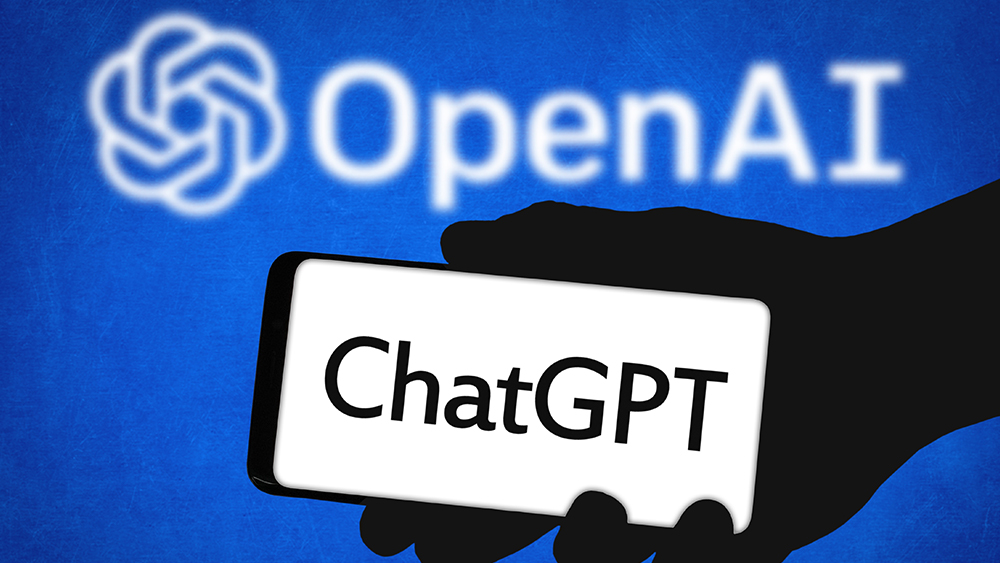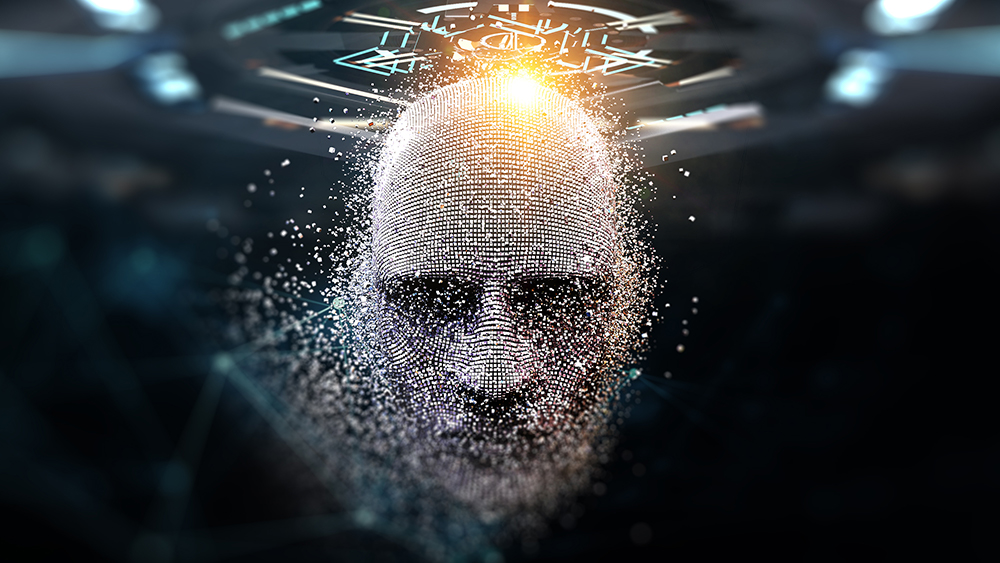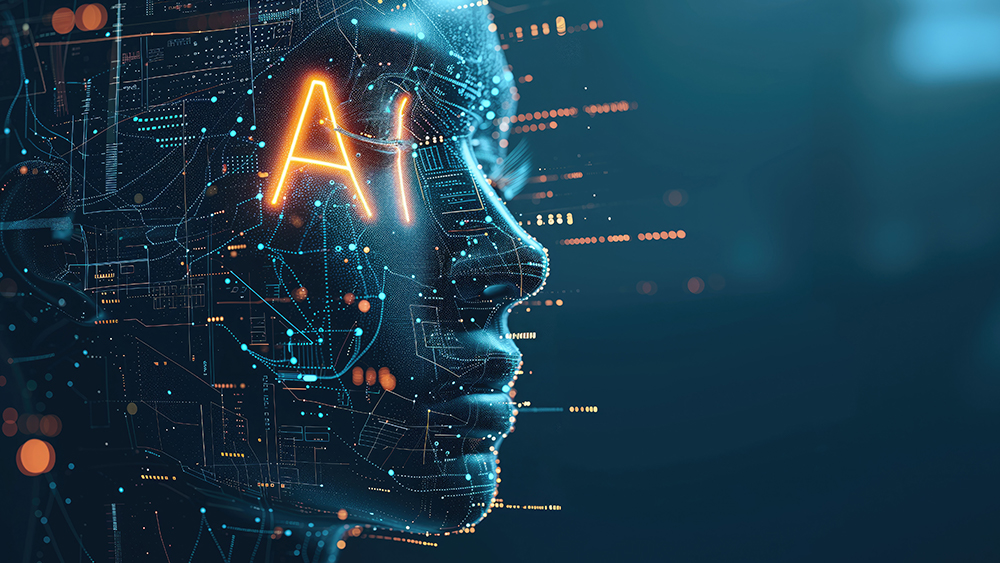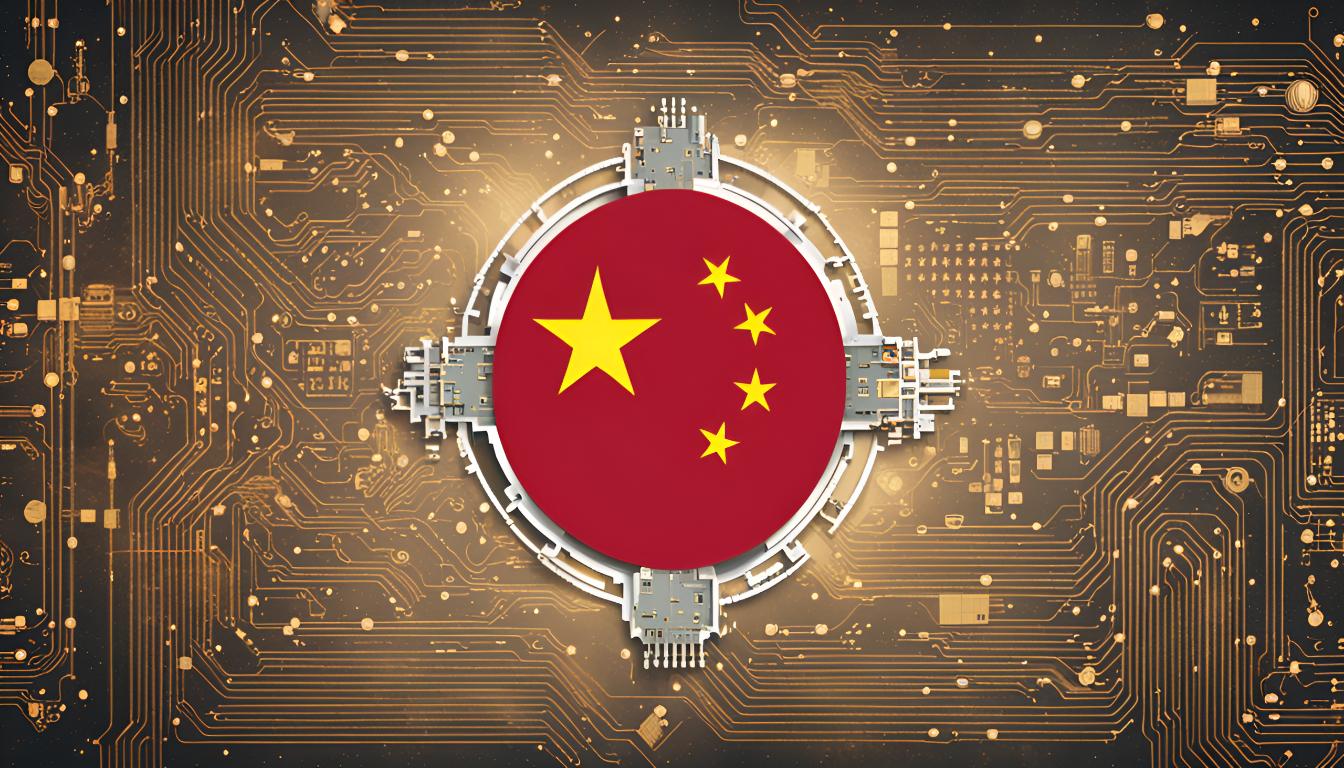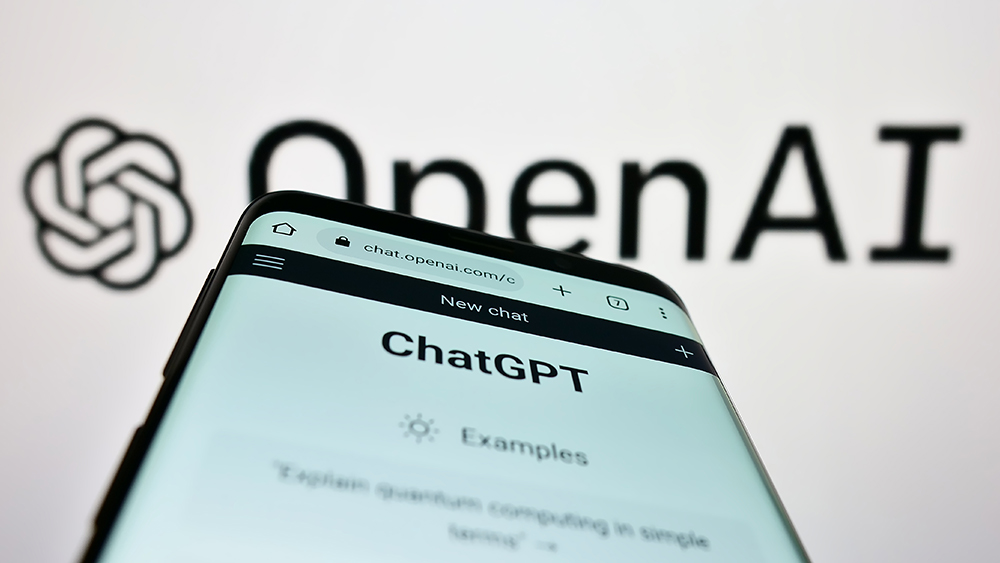AI-powered DIGITAL WORKERS join Bank of New York Mellon
07/06/2025 / By Ava Grace
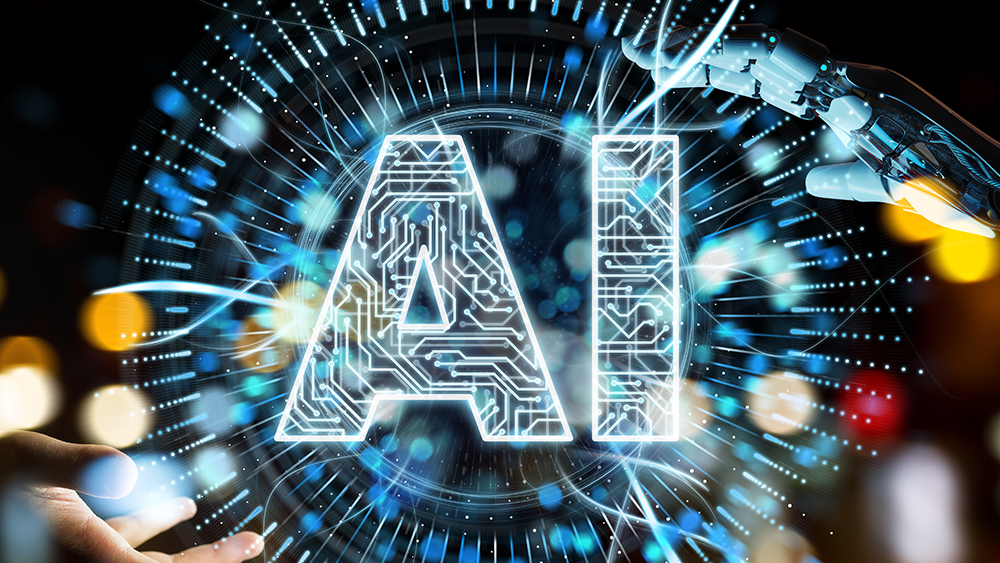
- Bank of New York Mellon (BNY) has deployed AI-powered digital workers to handle tasks like coding and payment validation, with plans to expand their roles. These workers operate autonomously and even have company login credentials.
- The digital employees work in secure, team-specific instances. BNY plans to integrate them with email and Microsoft Teams for proactive communication with human staff, enhancing collaboration.
- Other major banks, including Goldman Sachs and JPMorgan Chase, are also leveraging AI. Goldman uses an internal AI assistant for tasks like proofreading, while JPMorgan focuses on conceptualizing digital employees for business efficiency.
- The finance industry faces questions about managing AI-human collaboration, job displacement, and data security. BNY aims to balance innovation with workforce stability by continuing to hire top human talent.
- While AI has long been used for fraud detection and customer service, autonomous digital employees mark a significant shift, signaling a new era of human-AI collaboration in finance.
In a move that signals a significant shift in the financial industry, the Bank of New York Mellon (BNY) has announced the deployment of artificial intelligence (AI)-powered “digital employees” that operate alongside human staff.
The bank, known for its leading role in financial services, has integrated these digital workers into critical areas such as coding and payment instruction validation. The deployment of AI-powered digital workers at BNY underscores a broader trend in the financial sector, where technology is increasingly being used to enhance efficiency and accuracy.
These digital employees, as BNY calls them, are designed to work autonomously and even have their own company login credentials. Chief Information Officer Leigh-Ann Russell stated that the bank’s AI Hub developed two digital employee personas in just three months. One persona focuses on identifying and resolving coding vulnerabilities, while the other is tasked with verifying payment instructions. (Related: AI, AI and even more AI: Nvidia announces projects and products lined up for 2025.)
These digital workers operate in multiple instances, with each instance confined to a specific team to ensure data security and compliance. “This is the next level,” Russell emphasized. “I’m sure in six months’ time it will become very, very prevalent.”
The bank plans to integrate its digital workforce with email and Microsoft Teams, enabling these AI personas to proactively communicate with human managers. This integration aims to make the digital workers more collaborative and efficient.
BNY is not alone in its pursuit of AI integration. Other major banks, such as Goldman Sachs and JPMorgan Chase, are also leveraging AI to enhance their operations.
Goldman Sachs has launched an internal AI assistant for 10,000 of its bankers, traders, and asset managers. Marco Argenti, Chief Information Officer at Goldman Sachs, highlighted the assistant’s ability to handle basic tasks like proofreading and language improvement, making it a valuable tool for employees.
JPMorgan Chase, under the leadership of Chief Analytics Officer Derek Waldron, is taking a more conceptual approach to “digital employees.” Waldron views these AI tools as a new way for business people to understand and utilize technology. He emphasized the need for careful system connectivity and access management, noting that the level of access granted to AI agents will vary based on their specific roles and responsibilities.
Industry-wide adoption and varied approaches
As AI integration becomes more prevalent, the finance industry is grappling with several challenges. Scott Mullins, managing director of AWS for Financial Services, highlighted the importance of coordinating the work between digital and human employees.
He said: “How do we manage those folks? How do we actually instruct those folks? What’s the new operating model? Those are the answers that we’re all working on right now.”
The deployment of digital workers raises important ethical and practical questions. While the technology promises increased efficiency and accuracy, it also prompts concerns about job displacement and data security. BNY’s approach of maintaining a focus on recruiting top human talent while expanding its digital workforce aims to strike a balance between innovation and workforce stability.
The integration of AI in banking is not a new concept. For years, financial institutions have used AI for tasks such as fraud detection and customer service.
However, the deployment of AI-powered digital employees with full company logins and autonomous capabilities marks a significant evolution. This shift reflects the ongoing digital transformation in the financial sector and the increasing importance of AI in modern business models.
Watch this video about college-educated jobs being more likely to be rendered obsolete by AI adoption.
This video is from the What is Happening channel on Brighteon.com.
More related stories:
AI as co-scientist: How generative AI is revolutionizing scientific discovery.
Centralized AI’s stranglehold threatens democracy: Can decentralized AI fight back?
Sources include:
Submit a correction >>
Tagged Under:
artificial intelligence, autonomous, Bank of New York Mellon, banks, breakthrough, computing, digital workers, economic riot, finance, finance riot, future tech, Glitch, Goldman Sachs, information technology, JPMorgan, login credentials
This article may contain statements that reflect the opinion of the author
RECENT NEWS & ARTICLES
COPYRIGHT © 2017 FUTURETECH.NEWS
All content posted on this site is protected under Free Speech. FutureTech.news is not responsible for content written by contributing authors. The information on this site is provided for educational and entertainment purposes only. It is not intended as a substitute for professional advice of any kind. FutureTech.news assumes no responsibility for the use or misuse of this material. All trademarks, registered trademarks and service marks mentioned on this site are the property of their respective owners.




